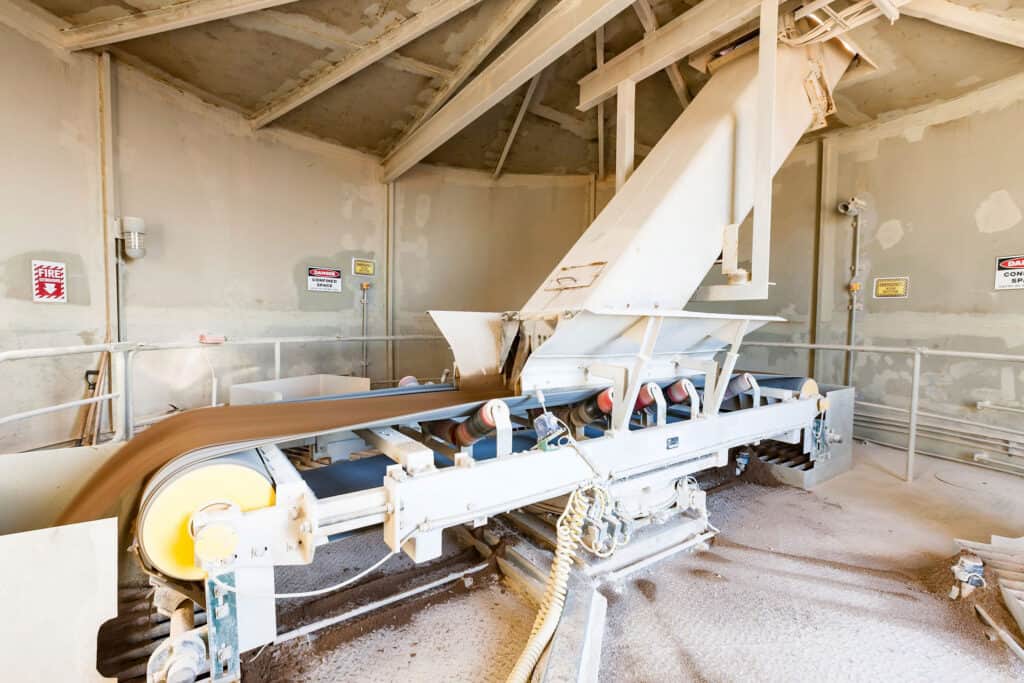Around 5,000,000 cubic metres of concrete is used in Finland every year, and annually, the Finnish concrete industry emits around one million tonnes of carbon dioxide. A switch to low-carbon concrete has the potential to cut concreterelated emissions by up to 50%.
This is the aim of the joint public-private project LOIKKA.
“Low-carbon concrete is by no means a new phenomenon. The technology already exists,” says Dr Jouni Punkki, Professor of Practice in Concrete Technology at the Department of Civil Engineering at Aalto University in Espoo, Finland.
One of the most straightforward ways to reduce emissions from concrete production is to produce cement with lower emissions using blast furnace ash or fly ash.
“These are the most effective ways to reduce emissions from concrete production. In particular, blast furnace slag could be widely used in cement production.”
However, according to Punkki, blast furnace ash has not been widely used because of the slower strength development. In the precast industry, for example, concrete is required to have sufficient strength already after 16–18 hours of casting.
“Low-carbon blast furnace concrete has a slower strength development compared with the concretes made of conventional cements. This may significantly extend the production cycle and reduces the profitability of concrete element production.”
Aalto University’s contribution to the LOIKKA project is to investigate how to overcome the initial strength challenges of concrete and make blast furnace ash concrete more feasible in use. A major area of research in concrete technology at Aalto University’s Department of Civil Engineering is the use of digitalisation and automated measurement methods in concrete production. This expertise is being brought in through the LOIKKA project to support the introduction of low-carbon concretes.
“It is important to convince the concrete industry that investing in low carbon is worthwhile. We aim to ensure that the results of the project can be widely used by companies in concrete production and construction. Only in this way can climate emissions be reduced.”
Punkki believes that the fight against climate change will certainly drive LOIKKA forward and generate similar projects, but that money will also have a strong influence on the overall picture.
In Finland, the cement industry is responsible for around one million tonnes of carbon dioxide emissions per year. At a price of around €100 per tonne, emissions will cost the country’s cement industry €100 million a year in the future. As a result of a more ambitious climate policy, EU emission allowances are becoming even more expensive and free allowances are being phased out.
“These costs will be passed on to concrete production and from concrete production back up the value chain. Ultimately, building owners and users will pay for this price increase. Therefore, low-carbon options give companies a competitive edge.”
In terms of climate change mitigation, as well as competitiveness, there is much to be gained from a shift to low-carbon concrete. Concrete demand is huge, and so are emissions – globally, around 10,000,000,000 cubic metres of concrete are used each year, accounting for 7–8% of all carbon dioxide emissions.
Punkki estimates that low-carbon cement production volumes will overtake conventional cements at global level after the end of this decade, and carbon neutrality in concrete production could be achieved by 2035.
“The Nordic countries are leading the way on these issues.”

